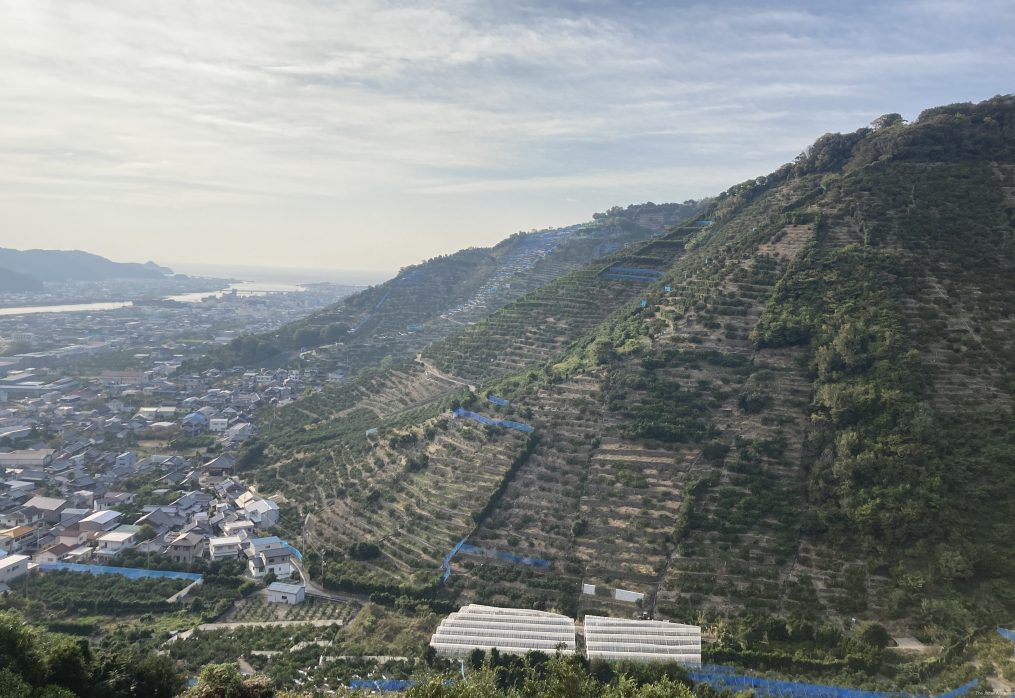Japan selects mikan groves built on stone terraces in Wakayama as candidate for global agricultural heritage
Japan selects mikan groves built on stone terraces in Wakayama as candidate for global agricultural heritage
Posted on 2023-01-25 by The Japan Agricultural News
TOKYO, Jan. 18 — The agriculture ministry decided on Jan. 17 to nominate mikan citrus groves built on stone terraces in the Arida and Shimotsu regions in Wakayama Prefecture as a candidate for additions to the list of Globally Important Agricultural Heritage Systems (GIAHS) recognized by the Food and Agricultural Organization (FAO) of the United Nations.
The agriculture minister also newly selected as Japanese Nationally Important Agricultural Heritage Systems (J-NIAHS) two areas — the disaster risk diversification land use system at the foot of Mount Tabashine in Iwate Prefecture and the Yatsunuma reservoirs farming system using rainwater in the Hiki hills in Saitama Prefecture.
Both programs designate areas where traditional agricultural practices and landscapes are preserved. So far, 13 areas in Japan have been recognized as global agricultural heritage sites and 22 areas as Japanese agricultural heritage sites.
In the Arida and Shimotsu regions chosen as candidates for GIAHS, stones were piled up on steep slopes more than 400 years ago to build terraced mikan orchards.
The regions were chosen for the beauty of the landscape and also for the practice of storing sour mikan to increase the sugar content and ensure stable shipments for as long as seven months.
Koji Morita, head of local agricultural cooperative JA Arida who spearheaded a campaign to get the regions nominated for GIAHS, said, “I’m relieved first and foremost that the decision for application was made.”
“The two regions will work together and make all-out efforts to campaign for the recognition so that producers will have something to feel proud of,” Morita said.
The region at the foot of Mount Tabashine was designated as Japanese agricultural heritage for farmers’ efforts to diversify risks by owning farmlands not only in areas near rivers which are prone to floods but also in semi-mountainous areas.
The Hiki hills were recognized for conducting farming using reservoirs sourced only from rainwater and working on conservation of the endangered freshwater fish Tokyo bitterling.
The ministry plans to submit an application for the Arida and Shimotsu regions to the FAO around fall. The proposal will be assessed through document review and site visits before a decision will be made on whether to designate the area as GIAHS.
As for areas recognized as Japanese agricultural heritage, a certificate of recognition will be presented at the ministry in Tokyo’s Kasumigaseki district in March.
“I hope this will lead to the regions having confidence and pride in themselves and also offer an opportunity for the Japanese people to rediscover the value of our country’s long-established agriculture industry,” agriculture minister Tetsuro Nomura said at a news conference on the same day.
Source: http://english.agrinews.co.jp/?p=10378

